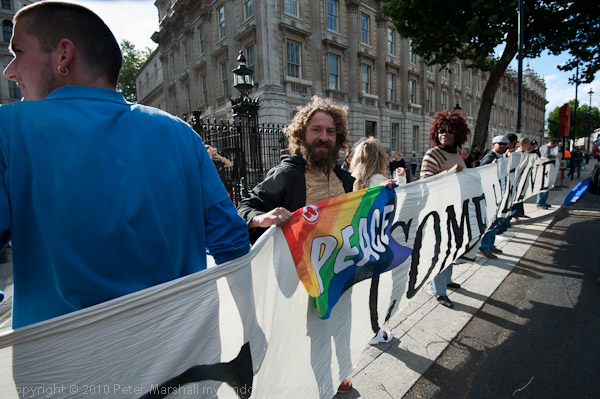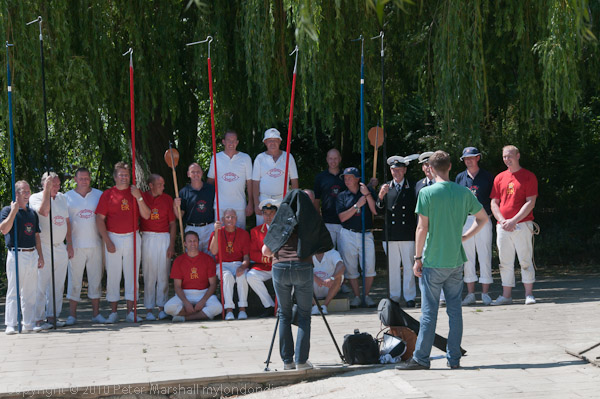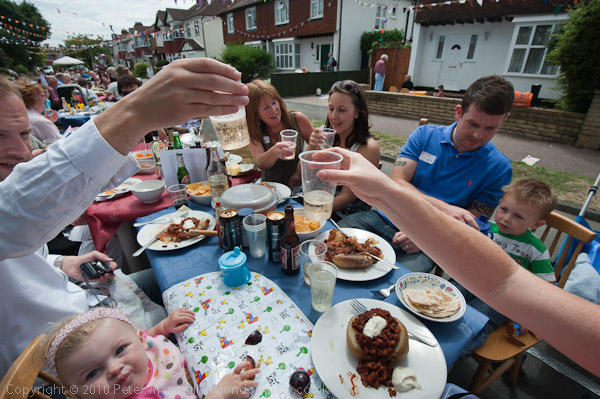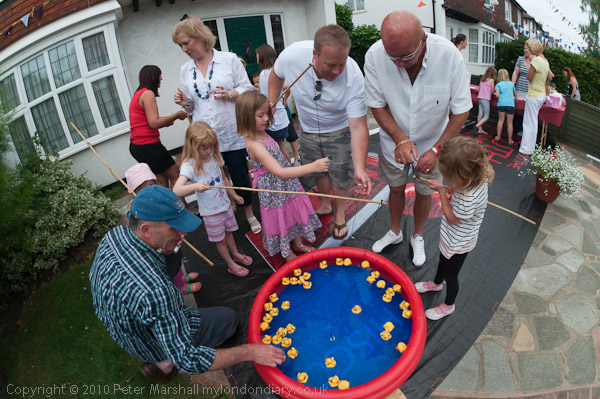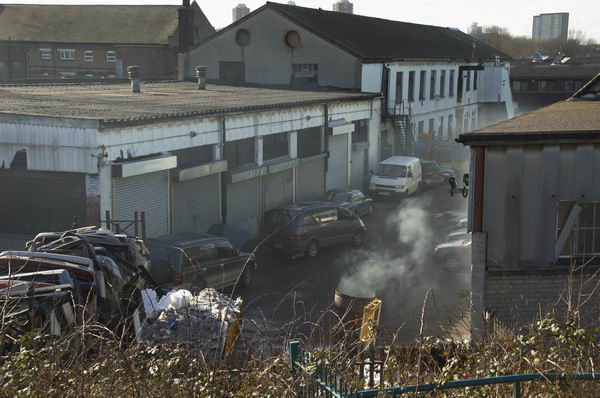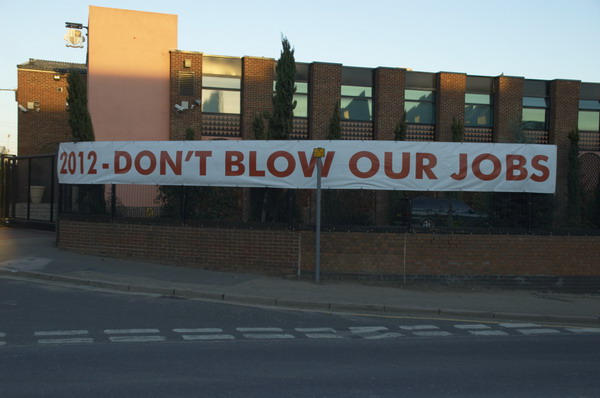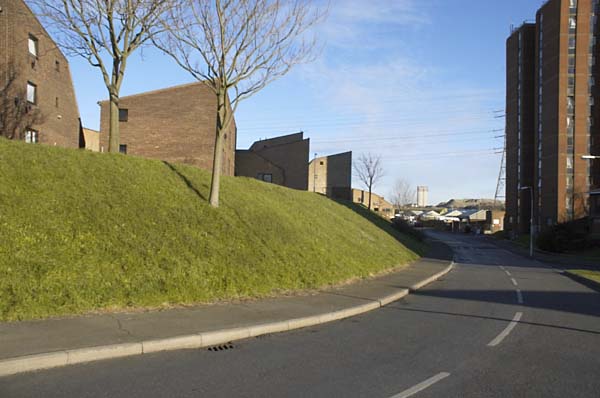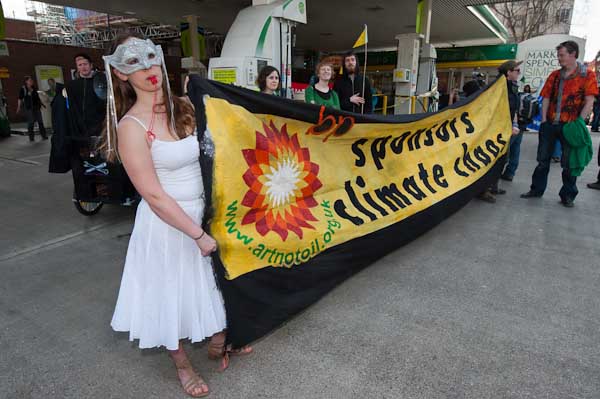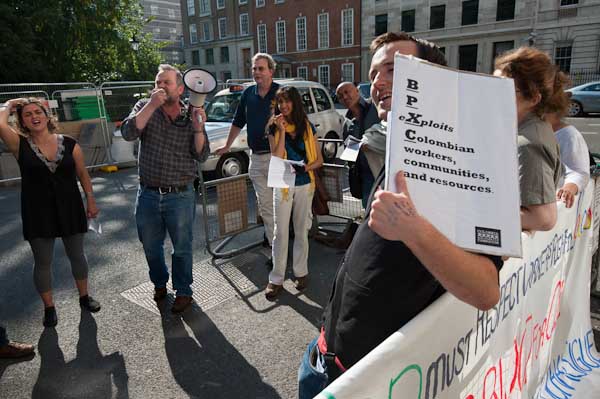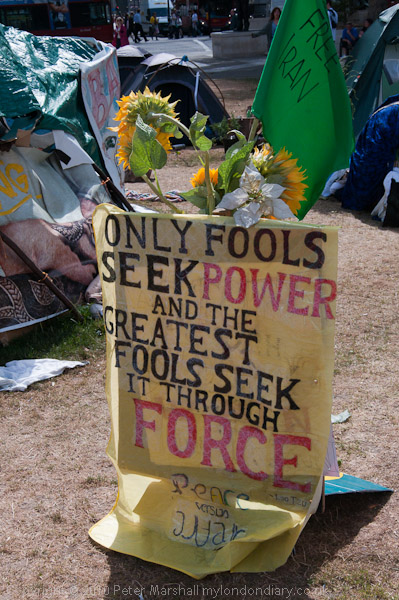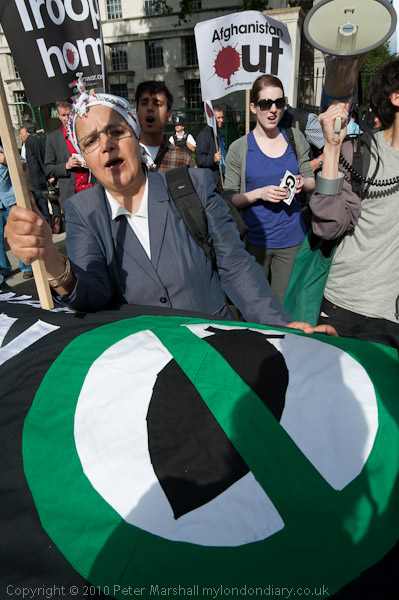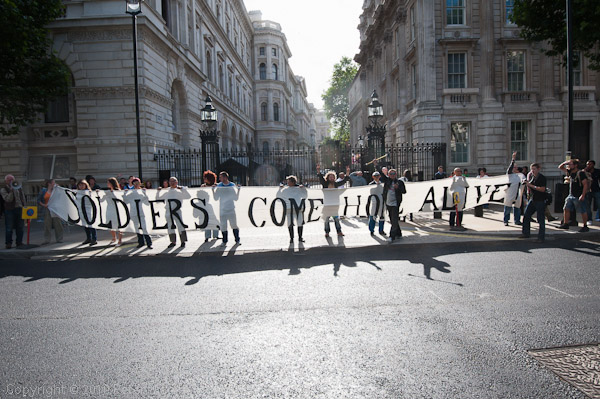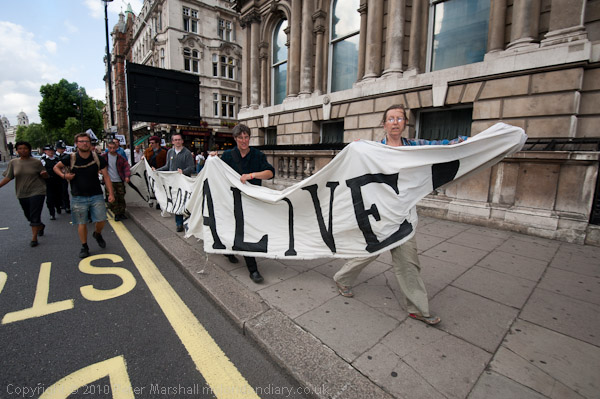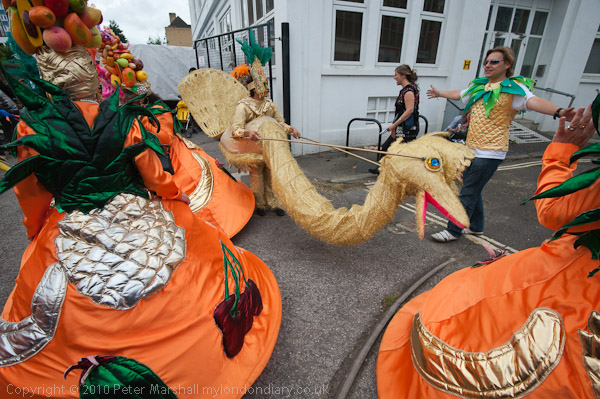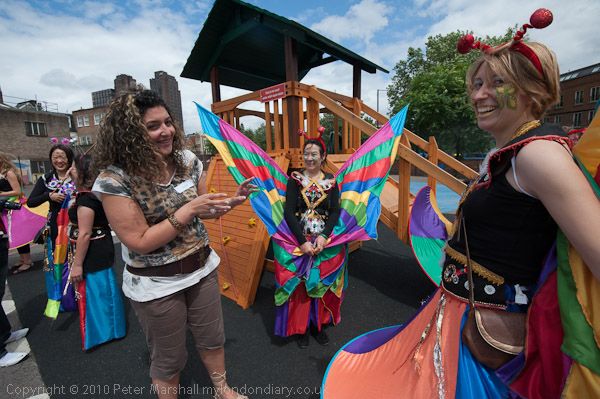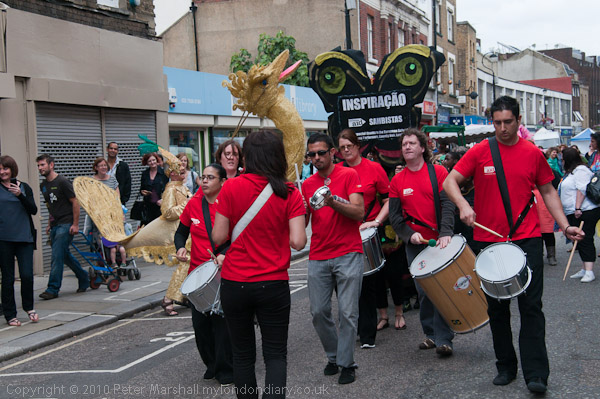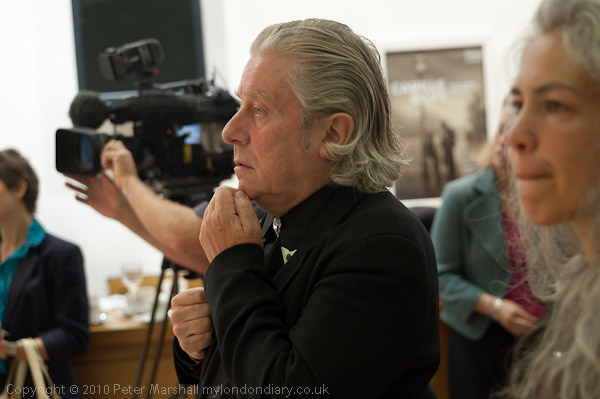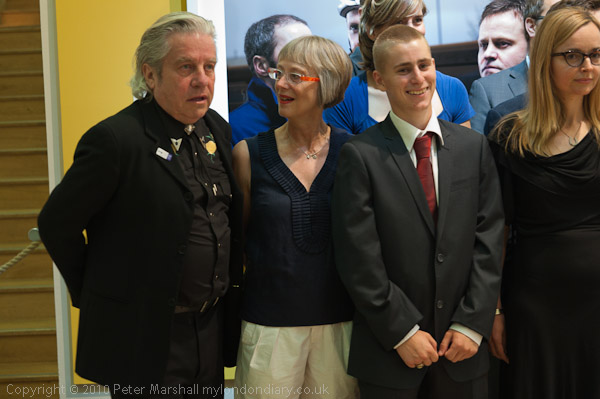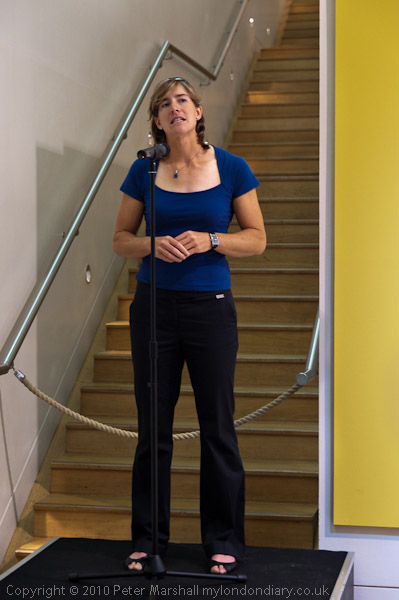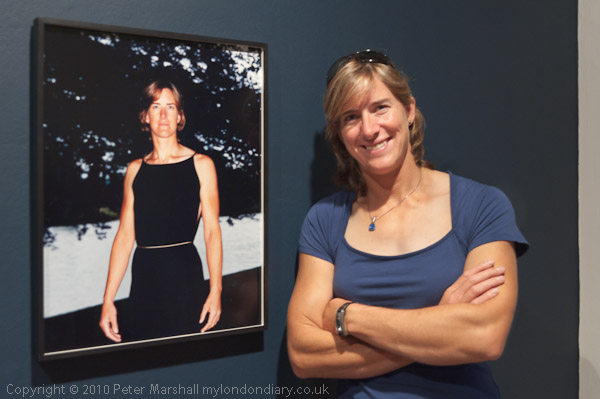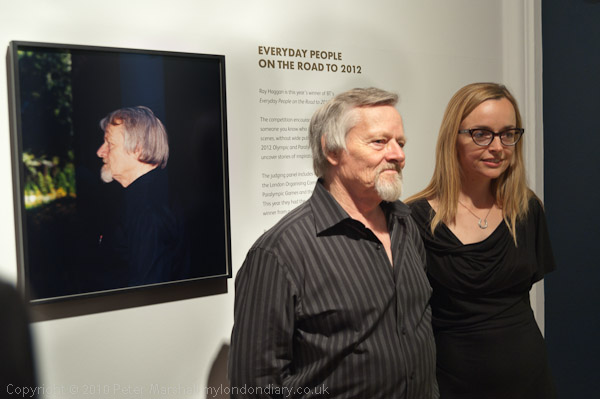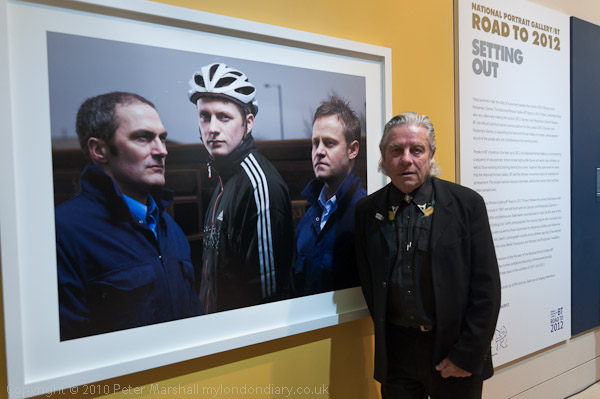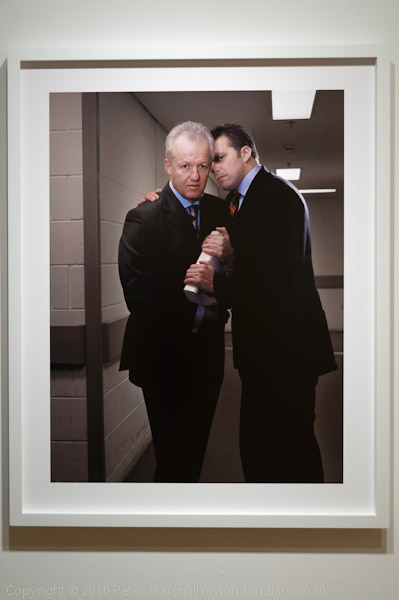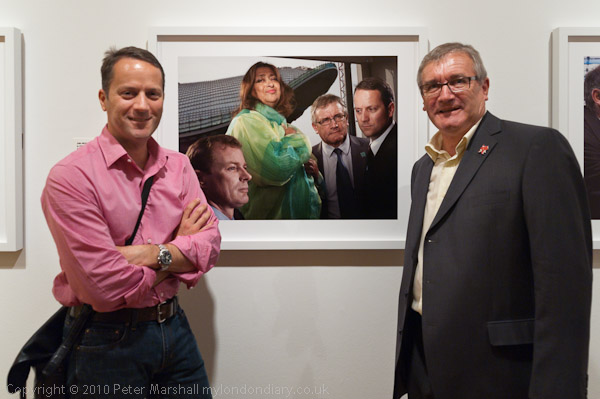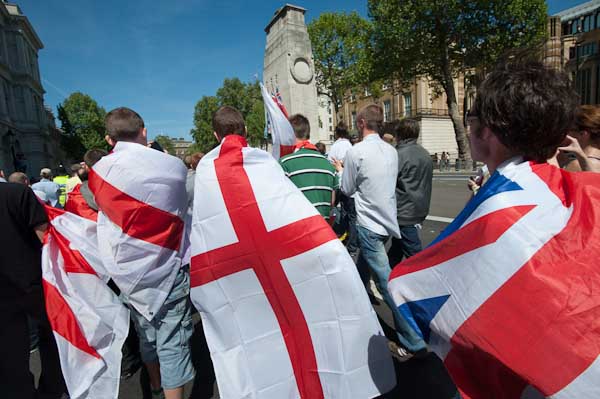 The march came up Whitehall in silence and then burst into applause at the Cenotaph
The march came up Whitehall in silence and then burst into applause at the Cenotaph
I was surprised this morning to receive an e-mail informing me about a page attacking journalists on a web site which calls itself the English National Alliance, and even more surprised to find my picture at the bottom of the page with the caption;
“Peter Marshall.
Socialist
Anti English Journalist
and Photogpraher“
Well, at least there they had spelt socialist correctly, as in the title and address of the page it was “socilaist”. And of course I’ve no objection to being called either a Journalist or a Photographer, but I’m certainly not anti-English.
The complaint against me was that I had written about a ‘Patriot’ demonstration in May, and had:
“lied to try and create interest more in himself as a journalist than the event, by stating that the patriots were involved in a scuffle at 10 Downing street, which was a total fabrication on his part…”
Unfortunately the writer had simply got it wrong, and has mixed me up with another photographer who had written about the event.
What I actually wrote in the only part of my article which mentioned Downing St was this:
“The march set off noisily, but as it turned into Whitehall and approached the Cenotaph it became a silent tribute to British troops, which was followed by applause, with the chanting resuming as they came past Downing St and on to Trafalgar Square.”
No mention of any scuffle, and several people on the left have criticised me for being too kind to the marchers for writing what I thought was a truthful account.
As usual I set out to describe the event as clearly and objectively as I could and give reader a fairly good idea of what happened, of why people were marching and the ideas they were putting forward. I did also describe the behaviour of some of the marchers towards the journalists present, particularly at the end of the event and the chanting of racist slogans by some. And as well as my description of the event I also made my own point of view clear – something which I think is also vital for journalists to do.
Interestingly when I met some of the march stewards earlier this month they thanked me for the fairness of my account of the event, and also told me that they had too been appalled by some of the behaviour I’d commented on.
The story about “a scuffle at Downing St” did not come from me, but was written by another photographer at the event in a completely separate story. I saw nothing of the incident he describes, where marchers were held back by police as they surged towards a woman who had shouted “racist scum” at them. I have no reason to doubt his account, but I didn’t see it, so I didn’t report it.
My story, headlined Peaceful March by EDL in London, includes this paragraph:
Many of us who are not members of the EDL would like to see a proper celebration of traditional British culture and would certainly support the wider use of the English and other British flags and the proper celebration of our national Saints Days. And while parts of our history have involved the exploitation of other cultures, there are also many aspects of which we can justly be proud, particularly for example in the areas of science and technology.
Which I think is hardly anti-English.
But more importantly than a misplaced attack on me, the ENA article is an attack on all journalists and on the freedom of the press. It’s a call for censorship and control of the media:
On all future demonstrations and protests Journalists must be challenged and sent packing if they are NUJ members and also start gathering photographic evidence against them as well where possible so we can identify them constantly and banish them from our events.
…..
By creating ‘welcome cards’ we can ensure that unbiased Journalists are allowed into the ranks of Nationalist protesters with us so that they can tell the truth of the protests and demonstrations and start getting the message out that we are growing in stature, strength and support and will no longer tolerate a socialist minority dictating to us or spreading lies about the patriotic cause through their media access.
It clearly is a call for the kind of controlled press that is a feature of totalitarian societies both of the right and the left, and a complete denial of the freedoms which are one of our proudest English traditions. And it is a call we need to fight against – and this is a fight in which anyone concerned with upholding English traditions and freedom will join with us.
